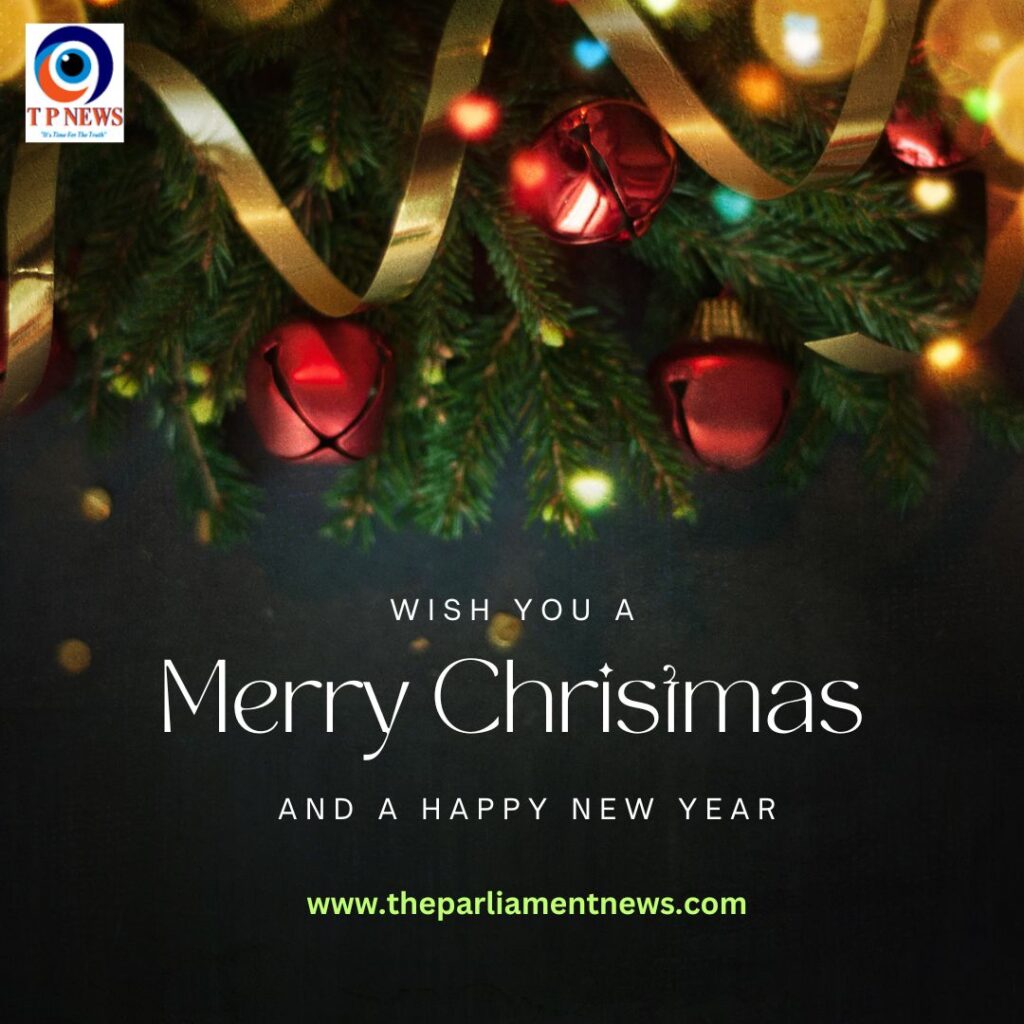As the holiday season envelopes us in its magical embrace, Christmas is the perfect time to express love, gratitude, and joy to the people who make our lives special. Whether near or far, a heartfelt message can light up someone’s day and remind them of the warmth of your thoughts. This Christmas, let your wishes carry the magic of the season and spread smiles all around.
Wishing Joy and Togetherness
- “May your Christmas sparkle with moments of love, laughter, and goodwill. Here’s to a season filled with endless joy and cherished memories!”
- “Wishing you a holiday season filled with warmth and togetherness. May the spirit of Christmas brighten your home and your heart!”
- “May this Christmas bring you closer to the ones you love, filling your home with harmony and your heart with joy.”

Messages of Love and Gratitude
- “Christmas is a time to count our blessings, and you’re at the top of my list. Thank you for being a part of my life—wishing you endless love and happiness this season.”
- “To someone who makes every day brighter, may your Christmas be as wonderful as you are. Sending you love and warm hugs this holiday season!”
- “This Christmas, I’m grateful for the gift of your presence in my life. Wishing you a holiday filled with love, joy, and laughter.”

Inspirational Wishes for Hope and Peace
- “May the light of Christmas guide you through the coming year, bringing you hope, peace, and countless blessings.”
- “As the year draws to a close, may the spirit of Christmas fill your heart with renewed hope and endless possibilities.”
- “This Christmas, let’s celebrate the magic of new beginnings and the beauty of hope. Wishing you peace and happiness now and always.”

Fun and Cheerful Wishes
- “Jingle all the way to a fabulous Christmas! May your holiday be filled with laughter, cheer, and plenty of eggnog!”
- “Have yourself a merry little Christmas filled with big smiles, bigger hugs, and the biggest slice of pie!”
- “Santa’s got nothing on you—you’ve been the gift of the year! Wishing you a fun-filled Christmas and an amazing New Year ahead.”
Wishes for Loved Ones Far Away
- “Even though miles may separate us, my heart is with you this Christmas. May your holiday be as beautiful as the memories we’ve shared.”
- “Distance may keep us apart, but love bridges every gap. Sending you warm Christmas wishes and a virtual hug!”
- “Though we’re far away, know that you’re in my thoughts and prayers this Christmas. Wishing you all the love and joy in the world.”
For the New Year Ahead
- “Merry Christmas and a Happy New Year! May the coming year bring you endless opportunities and boundless happiness.”
- “As the magic of Christmas fades into the dawn of a new year, may you carry its spirit of love, hope, and joy into every moment.”
- “Here’s to a Christmas filled with wonder and a New Year filled with promise. Cheers to another year of adventures and memories!”
This Christmas, let your words touch the hearts of those you care for, creating a ripple of joy and warmth that extends far beyond the holiday season. Whether written in a card, sent in a message, or spoken in person, these wishes are a reminder that the true gift of Christmas is the love and connection we share.
Merry Christmas and Happy Holidays to all!












